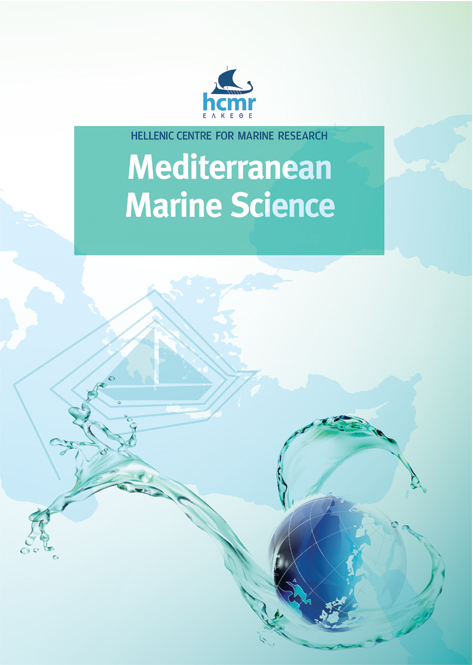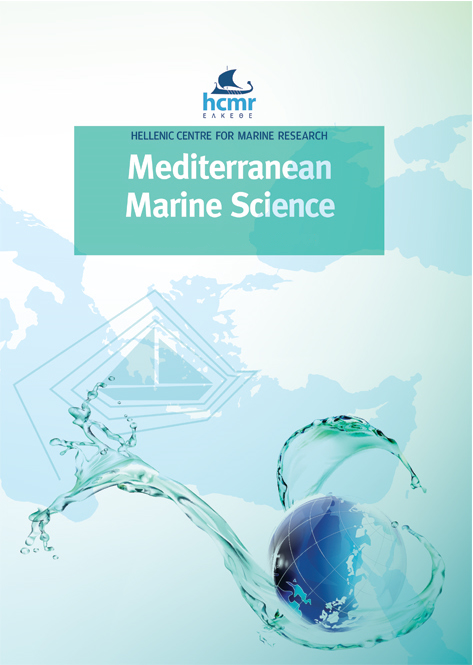Spatio-temporal patterns based on demographic and genetic diversity of the purple sea urchin Paracentrotus lividus in the area around Corsica (Mediterranean Sea)

Abstract
Sea urchins were harvested for decades in many areas throughout its distribution range, potentially leading to population collapse. In France, the purple sea urchin Paracentrotus lividus is intensively harvested. Yet, the demography and population dynamics remained under-documented, particularly in Corsica. In this context, we have characterized the fluctuations in density of several size classes at 8 sites around the island, and assessed the genetic diversity and structuring of the population. Densities recorded lie between 0 and 2.18 (± 0.41) individuals.m-2 and spatio-temporal variabilities have also been highlighted. The study of the influence of vegetation cover on the size classes suggests that small- and medium- sized individuals prefer substrates of intermediate heights, whereas individuals with a diameter ≥ 5 cm are more often observed on encrusting substrates, and may be responsible for the continuation of this type of benthic community. The genetic study indicates a high genetic diversity with a low genetic structuring. The Ne values obtained are similar to those described in previous papers. Due to estimates of local contemporary Ne and the homogeneous genetic diversity, our data tend to show that the Corsican population of P. lividus is not overexploited.
Article Details
- How to Cite
-
DUCHAUD, S., DURIEUX, E. D., COUPE, S., PASQUALINI, V., & TERNENGO, S. (2018). Spatio-temporal patterns based on demographic and genetic diversity of the purple sea urchin Paracentrotus lividus in the area around Corsica (Mediterranean Sea). Mediterranean Marine Science, 19(3), 620–641. https://doi.org/10.12681/mms.14184
- Issue
- Vol. 19 No. 3 (2018)
- Section
- Research Article
Authors who publish with this journal agree to the following terms:
- Authors retain copyright and grant the journal right of first publication with the work simultaneously licensed under a Creative Commons Attribution Non-Commercial License that allows others to share the work with an acknowledgement of the work's authorship and initial publication in this journal.
- Authors are able to enter into separate, additional contractual arrangements for the non-exclusive distribution of the journal's published version of the work (e.g. post it to an institutional repository or publish it in a book), with an acknowledgement of its initial publication in this journal.
- Authors are permitted and encouraged to post their work online (preferably in institutional repositories or on their website) prior to and during the submission process, as it can lead to productive exchanges, as well as earlier and greater citation of published work (See The Effect of Open Access).





